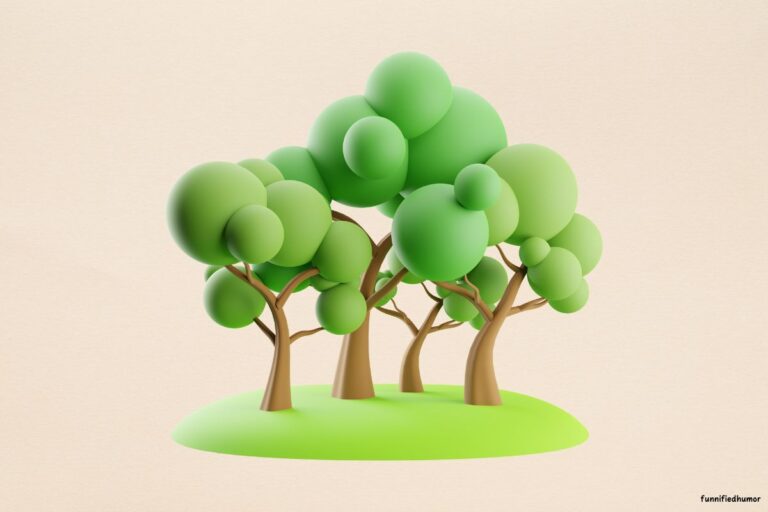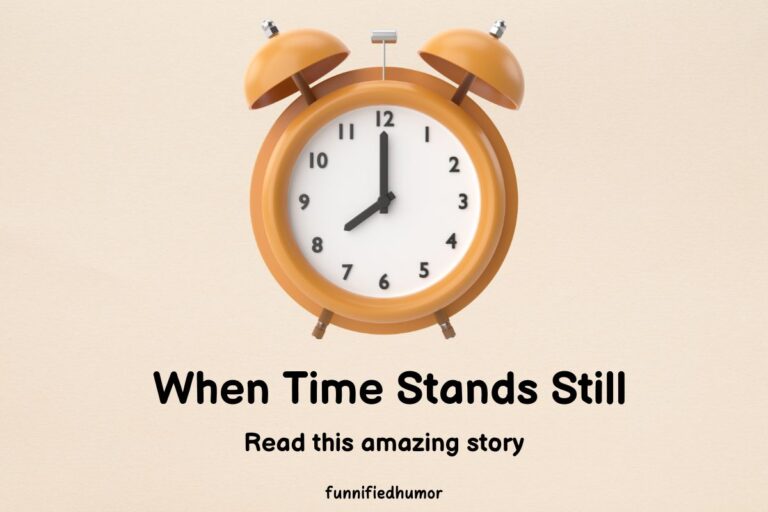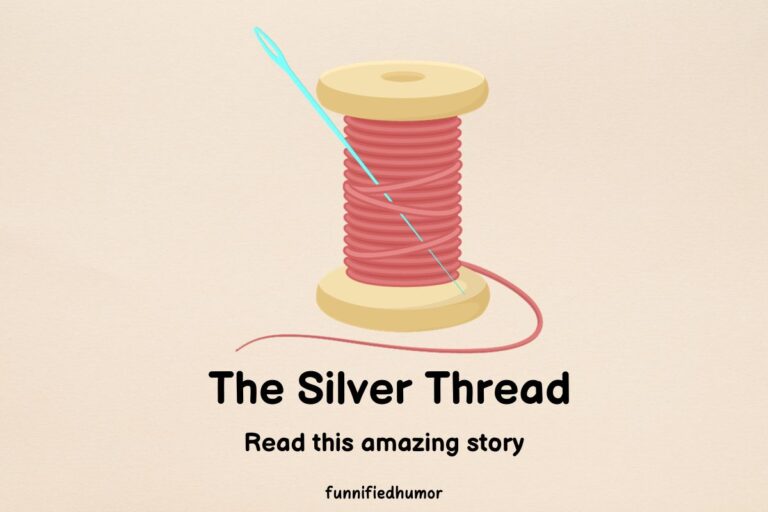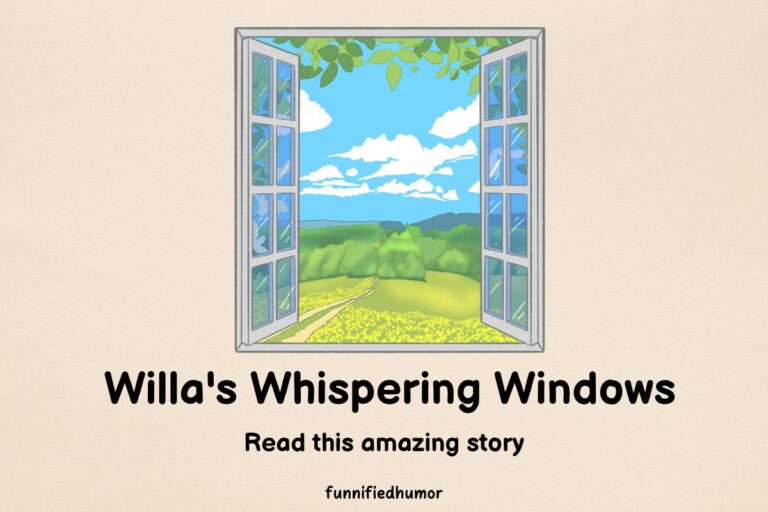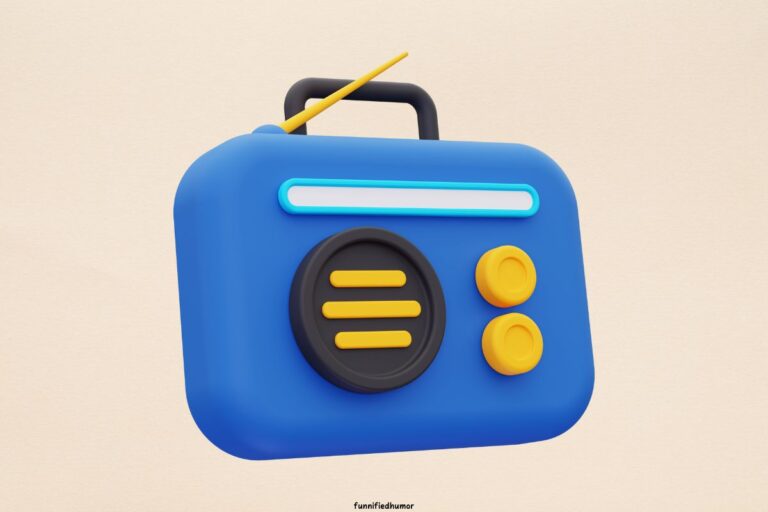Rory’s Riddle Room

Rory Gallagher was always a curious child, never content with the known and always delving into the mysteries of the unknown. His curiosity, however, took a fascinating turn the day he discovered the secret room in the attic of his family’s old Victorian home.
The attic was a dusty, forgotten place, filled with relics of the past, but Rory, now 17, found solace in its silent embrace. One rainy afternoon, while rummaging through old books and trinkets, he stumbled upon a loose floorboard. With a mix of excitement and apprehension, Rory pried it open, revealing a narrow staircase leading to a hidden room.
The room was unlike anything he had ever seen. The walls were covered in intricate riddles, etched in various scripts and languages, some of which Rory recognized, others completely foreign to him. Each riddle seemed to shimmer in the dim light, beckoning him to solve their mysteries.
Rory was fascinated. He spent hours in the room, reading and re-reading the riddles, trying to decipher their meanings. His first breakthrough came with a riddle written in ancient Greek. Rory, having studied Greek mythology, recognized the script and began to translate:
“Born of Earth, but not of kin, Guardian of knowledge held within, Seek the one who never lied, To reveal what’s hidden inside.”
Rory pondered over the riddle and suddenly it clicked – it referred to the Delphic Oracle, a symbol of truth and prophecy. Excitedly, he pressed a hidden button under the script, and a compartment opened in the wall, revealing an ancient Greek amphora decorated with scenes of the Oracle at Delphi.
As Rory examined the artifact, he felt a connection to the past, a link to a civilization long gone. He realized that each solved riddle would reveal an artifact, a piece of history from different cultures around the world. Rory had become a detective of history, unraveling the stories and interconnectedness of world civilizations.
With each riddle he solved, Rory uncovered more artifacts – a Mayan calendar, an Egyptian scarab, a Chinese scroll, and many others. Each artifact was a puzzle piece, fitting into the vast mosaic of human history.
However, one riddle, etched in a script that seemed to dance before his eyes, eluded him:
“Veiled in mystery, under the star’s embrace, Where sun and moon share a sacred space, Find the land that bridges East and West, To uncover the treasure that lies at rest.”
Rory was stumped. He spent days and nights in the room, poring over books, maps, and the internet, but the answer evaded him. It wasn’t until he spoke to his grandmother, Maeve, that the pieces started to fall into place.
“Rory, the answer you seek may lie in our own history,” Maeve said one evening as they sat in the living room, surrounded by family portraits.
“Our history?” Rory asked, intrigued.
“Yes. Your great-great-grandfather was a traveler. He spoke of a land where two worlds met, a melting pot of cultures. He called it the ‘bridge between East and West.'”
Rory’s eyes widened. “Istanbul!”
With newfound vigor, Rory returned to the riddle room. He pressed a stone under the script, and a compartment opened, revealing a beautifully ornate Ottoman lamp.
As Rory held the lamp, he felt a surge of emotions. He had not only connected with the past but also with his family’s history. He realized that each artifact was not just a piece of history; it was a story, a life, a civilization that had contributed to the tapestry of human existence.
Word of Rory’s discoveries spread, and soon, historians and archaeologists were visiting him, eager to learn more about the artifacts and the mysterious room. Rory worked with them, sharing his findings and learning more about the cultures he had connected with.
One day, while discussing his adventures with a group of historians, Rory had an epiphany. “These artifacts, these riddles, they’re not just about learning history. They’re about understanding our connection to each other, how we’re all part of this grand, intricate web of life and culture.”
Rory’s journey in the attic room transformed him. He realized that the true treasure was not the artifacts themselves but the knowledge and interconnectedness they represented. He became not just a detective of history but an ambassador of cultural understanding, bridging gaps and bringing people together through the stories of the past.
As Rory sat in the riddle room, surrounded by the artifacts he had uncovered, he felt a profound sense of purpose. He knew that his journey was far from over, that there were more mysteries to unravel, more stories to uncover, and more connections to be made.
In that room, filled with the whispers of history, Rory Gallagher found his calling, not just as a seeker of the past but as a storyteller of the human saga, a saga that continues to unfold, one riddle at a time.
